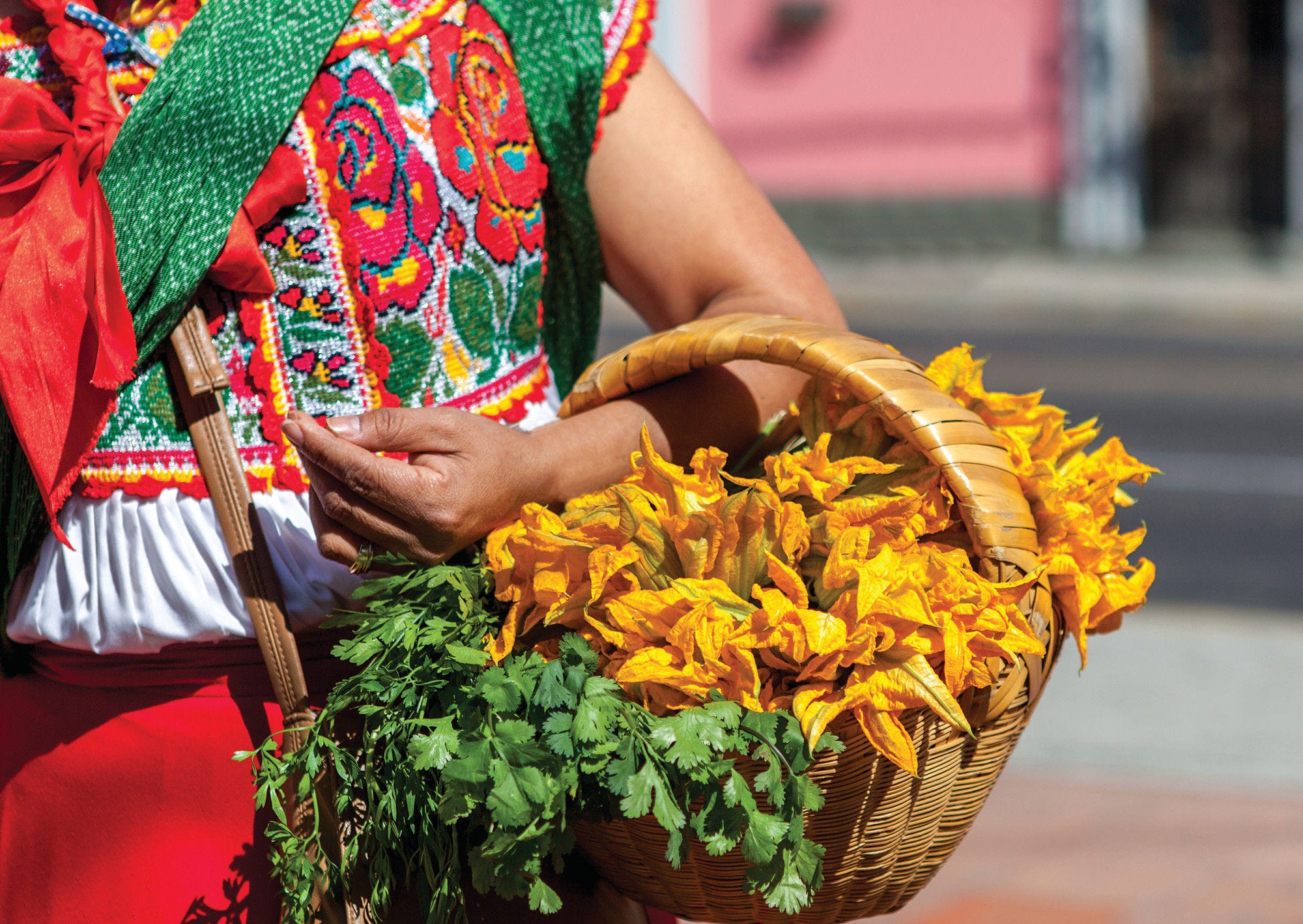The overall effectiveness of a country’s health service in delivering cancer care can be assessed by international comparison of current levels and recent trends in population-based estimates of net survival for all patients diagnosed with each type of cancer. Global surveillance of cancer survival helps to identify and report avoidable inequalities, which can encourage policies and actions to reduce them (Coleman, 2014[5]).
Cancer is estimated to have been the cause of over 670 000 deaths in 2018 in the LAC region (Bray et al., 2018[6]), the second cause of death after cardiovascular diseases (see Chapter 3). Breast cancer in women accounts for over 50 000 deaths a year in LAC. Several factors increase the risk, such as age, the woman’s reproductive history, post-menopausal oestrogen replacement therapy and alcohol use, while breastfeeding and physical activity have a protective effect.
Close to 30 000 deaths per year in LAC are caused by cervical cancer (Bray et al., 2018[6]). Approximately 95% of all cases are caused by sexual exposure to the human papilloma virus, HPV. Pap-smear and HPV DNA testing increases the probability of detecting premalignant lesions. Primary prevention through HPV vaccination programmes has been shown to reduce HPV infections and cervical intraepithelial neoplasia among girls and women, and ano-genital warts among girls, women, boys and men (Drolet et al., 2019[7]).
Colorectal cancer causes almost 65 000 deaths per year in LAC (Bray et al., 2018[6]). Risk factors include a diet high in fat, a sedentary lifestyle and family history. Colorectal cancer incidence and mortality rates vary with the national level of human development, and rapid increases have occurred in countries undergoing socio-economic transition, such as Brazil and Costa Rica. Secondary prevention of colorectal cancer by faecal occult blood test (e.g. guaiac test, faecal immunochemical test), sigmoidoscopy or colonoscopy is increasingly being recommended for adults in the age range 50‑74 years, while new blood tests are still under research (Dekker et al., 2019[8]).
Among eight LAC countries with available data for breast cancer, age-standardised five‑year net survival among women diagnosed during 2010‑14 was the highest in Costa Rica (86.7%), the only LAC country over the OECD average of 84.8%. In Cuba, the corresponding probability that women with breast cancer survive for at least five years is 75.1% (Figure 7.7).
For cervical cancer, age-standardised five‑year net survival in Cuba was among the highest in LAC (72.9%) and the lowest in Ecuador (52.0%) (Figure 7.8). The difference in survival is partially explained by differences in the effectiveness of population screening programmes and access to high-quality treatment.
For colon cancer, five‑year net survival in Costa Rica was among the highest in LAC (60.1%), slightly below the OECD average of 62.1%. In Ecuador, five‑year survival was among the lowest (47.8%) (Figure 7.9). For rectal cancer, age-standardised five‑year net survival is below the OECD average of 60.6% in all eight LAC countries for which data are available (Figure 7.10). The highest five‑year net survival was in Peru (54.8%), with the lowest in Chile (32.7%).




